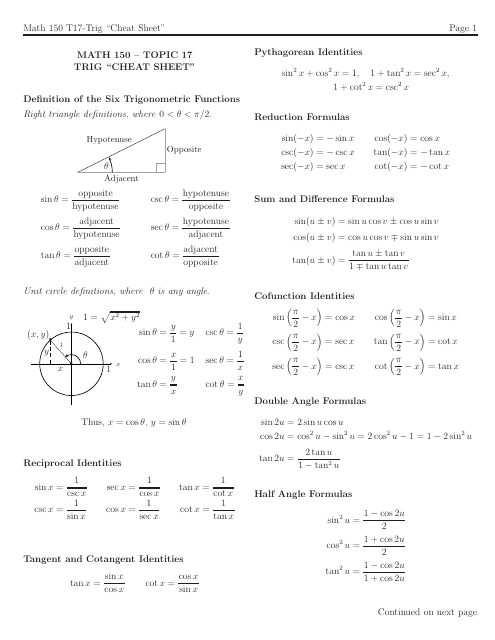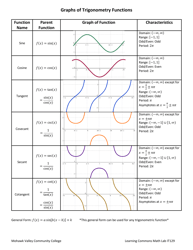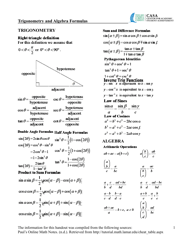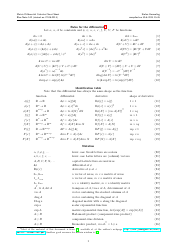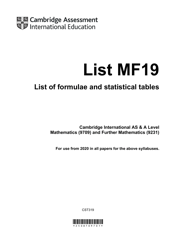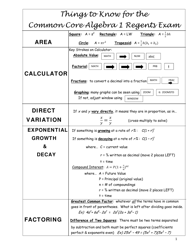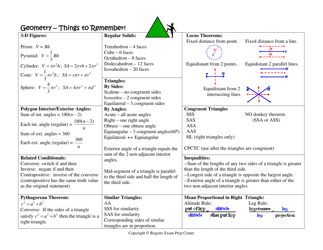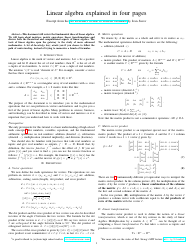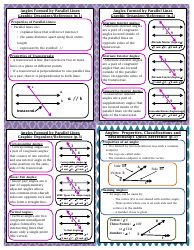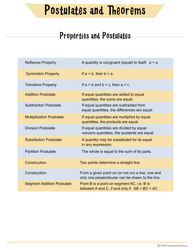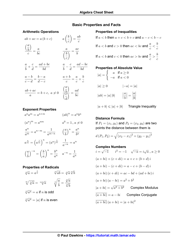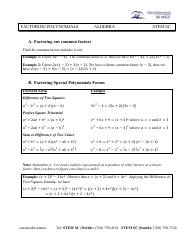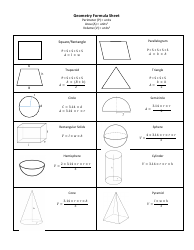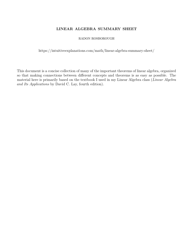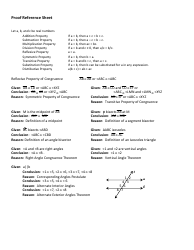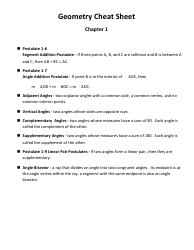Trigonometry Cheat Sheet
A Trigonometry Cheat Sheet is a concise summary of important formulas, properties, and identities used in Trigonometry. It is a helpful tool for students and professionals to quickly reference and use during exams or when solving trigonometric problems.
The person who files the trigonometry cheat sheet would typically be the student who is using it for studying or as a reference.
FAQ
Q: What is trigonometry used for?
A: Trigonometry is used to study the relationships between angles and sides of triangles.
Q: What are the basic trigonometric functions?
A: The basic trigonometric functions are sine, cosine, and tangent.
Q: How do you calculate sine, cosine, and tangent?
A: Sine is calculated by dividing the length of the side opposite the angle by the hypotenuse. Cosine is calculated by dividing the length of the side adjacent to the angle by the hypotenuse. Tangent is calculated by dividing the length of the side opposite the angle by the length of the side adjacent to the angle.
Q: What is the Pythagorean identity?
A: The Pythagorean identity states that for any right triangle, the square of the length of the hypotenuse is equal to the sum of the squares of the lengths of the other two sides.
Q: What are the important trigonometric identities?
A: Some important trigonometric identities include the Pythagorean identity, sine and cosine sum and difference identities, double angle identities, and half angle identities.
Q: What is the unit circle?
A: The unit circle is a circle with a radius of 1, centered at the origin of a coordinate plane. It is used in trigonometry to define the values of trigonometric functions for all angles.
Q: What is the Law of Sines?
A: The Law of Sines states that in any triangle, the ratio of the length of a side to the sine of its opposite angle is constant.
